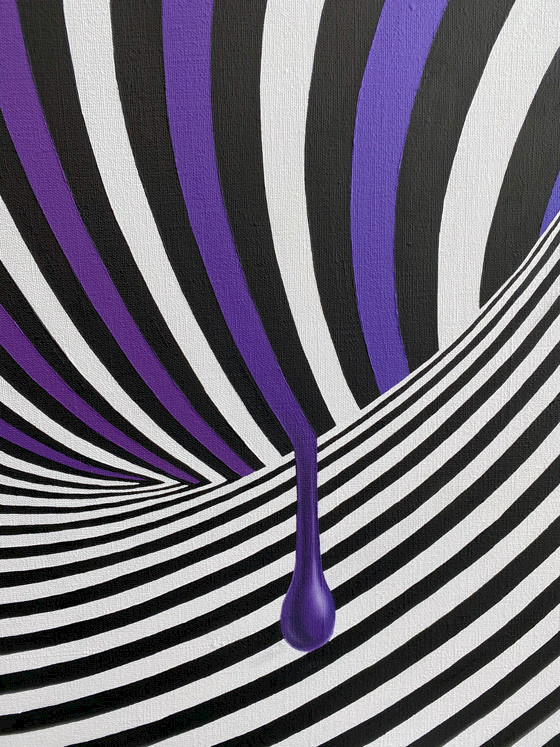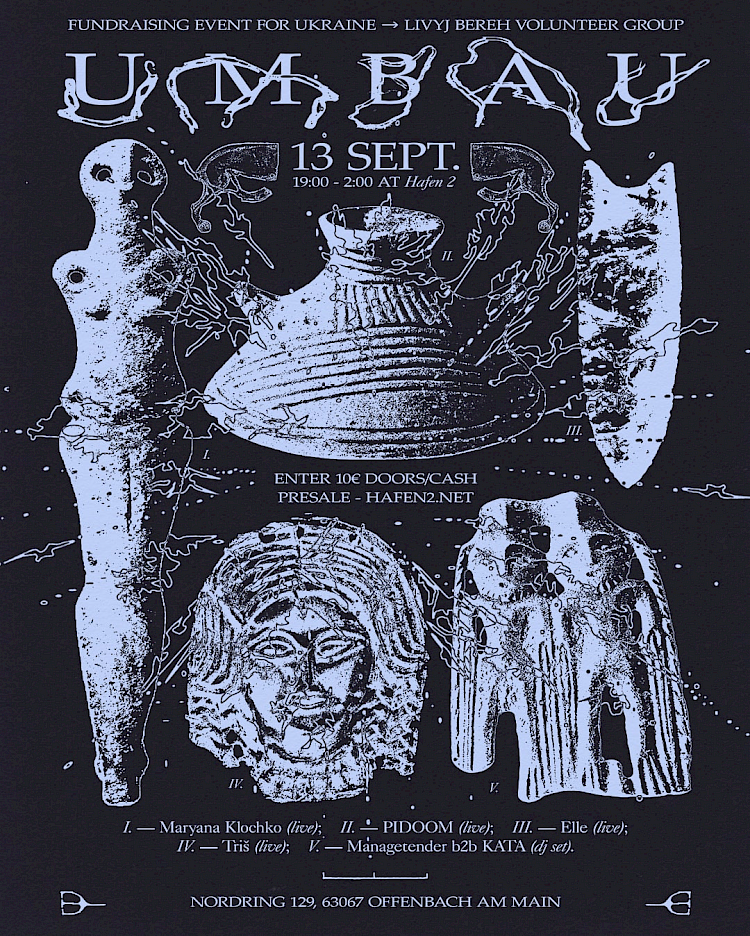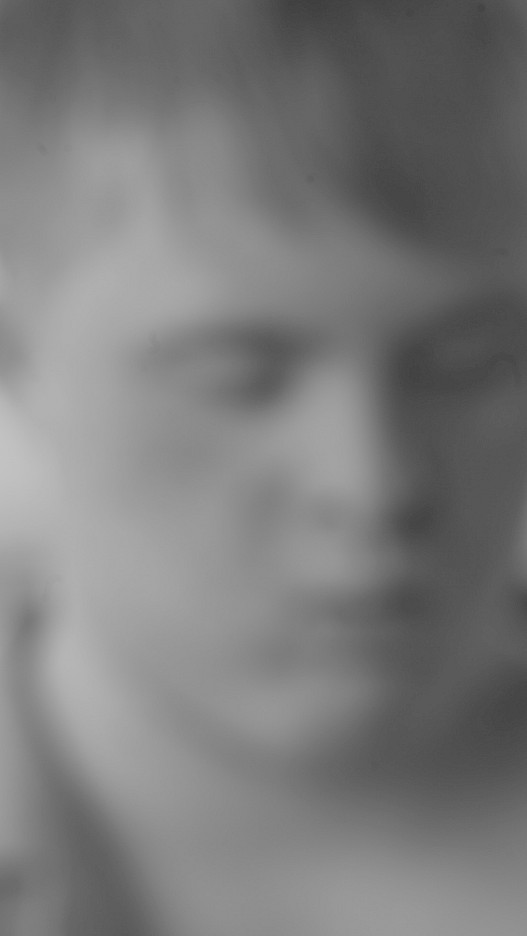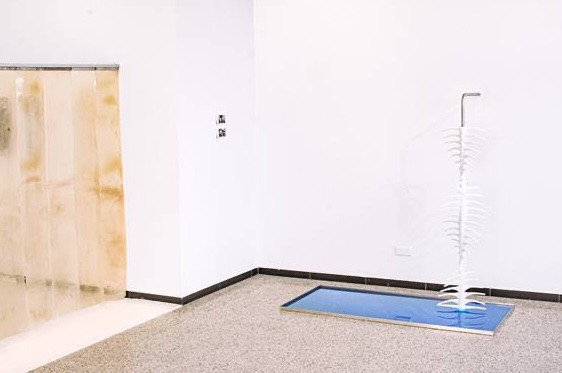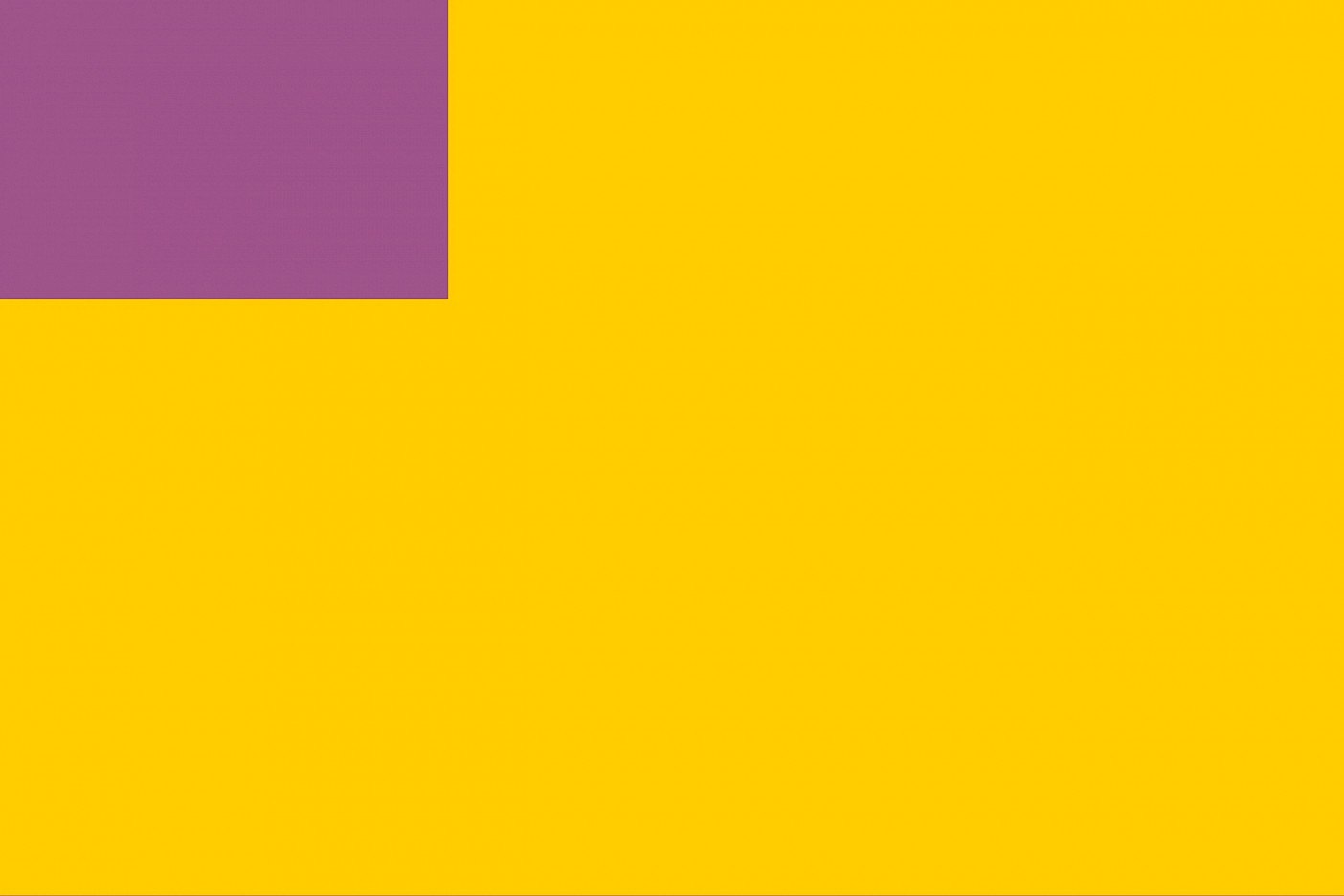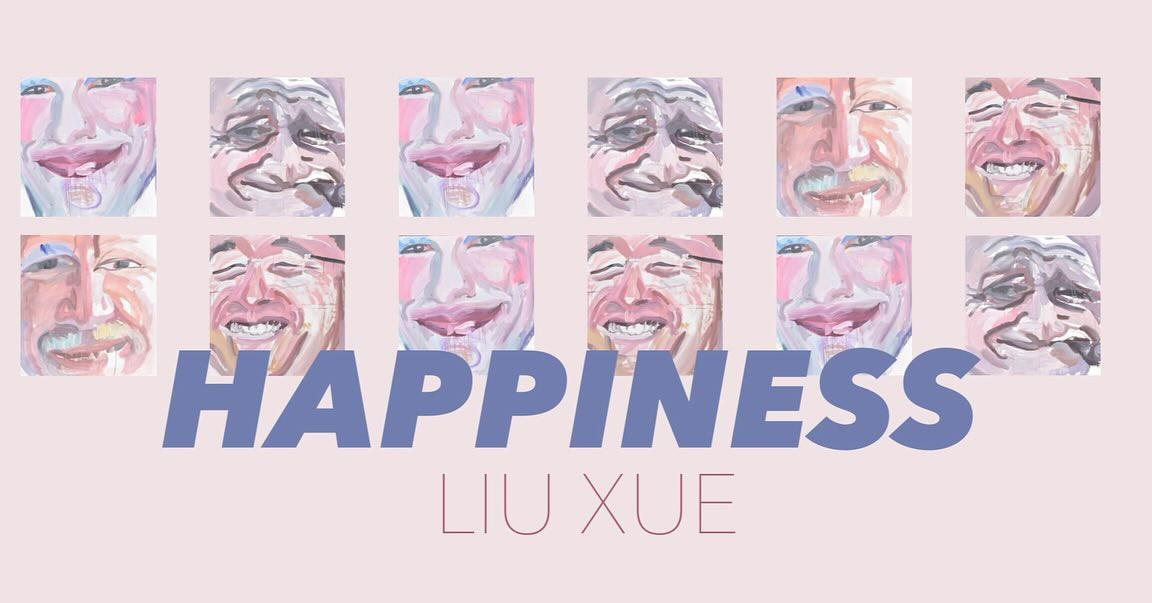Stefan Wieland
December 6, 2019 — January 18, 2020
Slapstick Stage Light
Stefan Wieland’s “lamps” are small theatrical sets, dramaturgical episodes made of coloured, acrylic sheets that with electric light at once embolden and question themselves as everyday objects with a physical presence. As common artefacts, lamps come with the familiarity of function. Well designed or not, they shine on their immediate surrounding and make things visible when daylight wanes. Wieland’s “lamps”, on the other hand, give little to their context; they only illuminate their own enigmatic presence. Their hermitic existence is all there is; they internalise the drama that they stage and therefore context and meaning - something substantiated by the strange titles Wieland bestows on his creations. Their names are poetic propositions that add a dimension to what they refer to yet stubbornly resist explication.
For example, take ‘Fernsicht für Moderne Menschen’ (‘Distant View for Modern People’): Three colourful stalk-like acrylic tubes mounted on a black acrylic box, out of which sprouts equally colourful leaves, petals and corolla made from the same, sometimes opaque and sometimes translucent, moulded sheet material. From one of the short ends of the black base protrudes a black tongue, as if it is a drainage device for the effluence of floral life on top of a building. In daylight, when the “lamp” is “merely” an object, the protruding tongue is conspicuous and the entire ensemble of plastic parts is an everyday celebration of the artificial, a motley slapstick on something remotely familiar. However, when it is dark and the “lamp” functionally pretends to be a lamp, the same tongue visually recedes and becomes negligible against the drama of light and colour that is staged below and above. The black box, on which the floral acrylic figures are mounted, is lined at bottom with a recessed red light that makes the box eerily float. The three stalks are awash with an inner, colourful light. Above, the corolla and petal edges glow, their plastic, sheet substance at once dissolved and intensified.
The humorous ambiguity in Wieland’s work emerges precisely when the “lamps” withdraw from the everyday that supposedly prefaces their existence. Despite its antho-illuminance, ‘Fernsicht für Moderne Menschen’ is neither a lamp nor a floral sculpture. Its commonplace yet strange daytime appearance is playfully set off against its colourful, nighttime effulgence. Its title lends no clue to why it is here or what it might be. Rather, it name pulls and pushes the object around, in and out of the everyday and extraordinary, and turns us into spectators of a tiny, light-hearted and nonsensical drama. Here are irrational and inexplicable figures that tangentially and only for a moment have a semblance of the real.
The tension between daytime and nighttime appearances is precisely that between an empty stage set and the same with actors in a play. During the day the object merely sits there, anticipating the scene that will make it come alive. However, the ‘merely sitting there’ is fundamentally linked to the anticipation of the drama, and the stage set is already at odds with the commonplace and ordinary through its tongue-in-cheek toy-like artificiality. The dramaturgical sets are for tiny dramas of light that do little more than illuminate their own staged presence. The inherent, subtile and surreal humour is complete when the light is turned on and the illuminated theatre offers no more than a story for itself. We are the audience in a slapstick tale with no storyline other than the continuous recasting of reality.
Johan Bettum
PHILIPP PFLUG CONTEMPORARY
BERLINER STRASSE 32
60311 FRANKFURT AM MAIN


